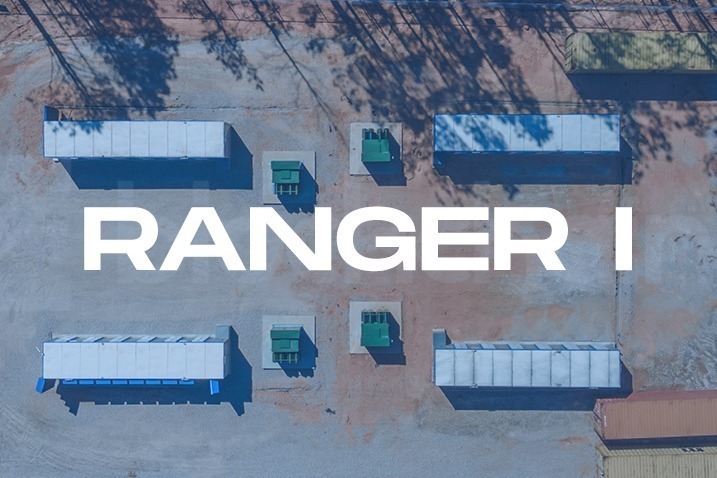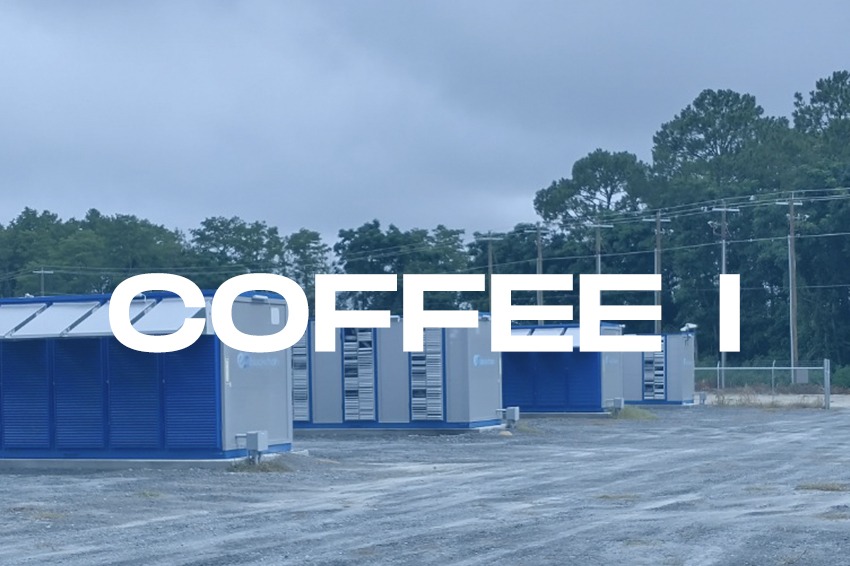Stay up to date with the latest news, announcements, and articles.
- How Nuclear Power Can Meet the Crypto Mining Power Needs
- How Nuclear Energy Creates Room for Cost Reductions in Crypto Mining
- How to Handle Accidents and Potential Threats Associated with Nuclear Power
- What Are The Negative Impacts of Radioactive Waste On The Environment?
- What Is the Future of Bitcoin Mining With Nuclear Energy?
- CHECK OUT Our Nuclear Powered Bitcoin Mining Projects
- Final Word
Investors have been putting staggering amounts of wealth in cryptocurrencies, but something has taken them aback over the last couple of months. It all started when Tesla's CEO announced that his company would no longer accept Bitcoin as payment, citing environmental concerns. China also banned cryptocurrencies in general over the same issues. For now, only carbon-free electricity like hydropower and nuclear energy crypto-mining give the industry a glimpse of hope.
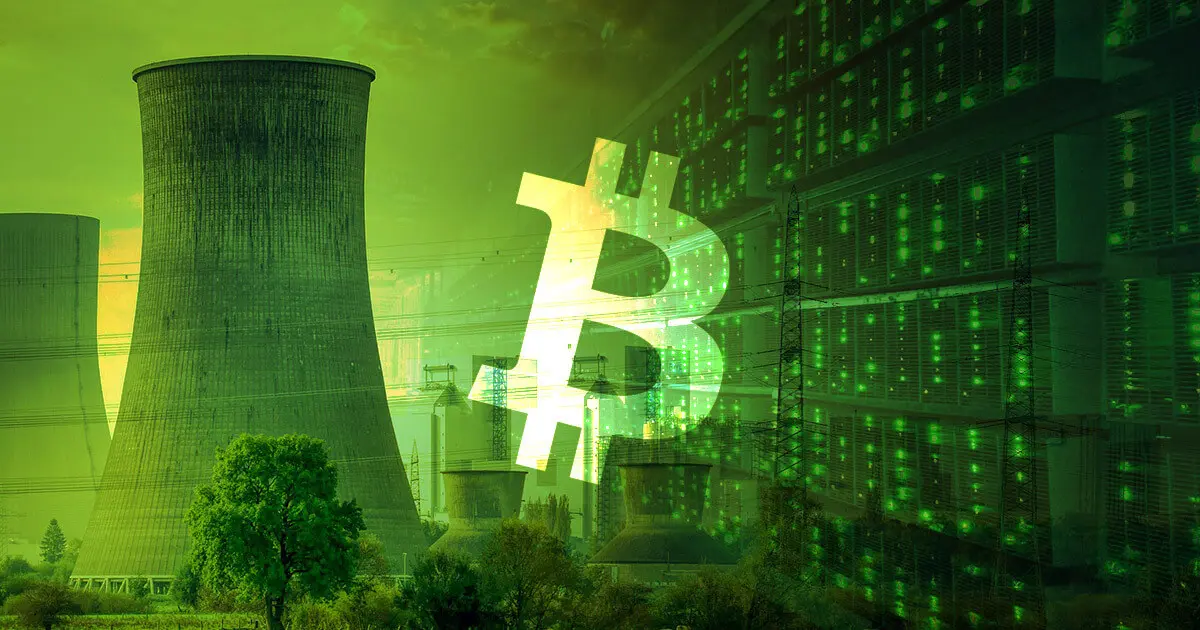
To put everything into perspective, cryptocurrency mining consumes a lot of energy that is unsustainable and detrimental to the environment. For instance, it takes about 1,449 kWh to complete a Bitcoin transaction, an equivalent amount of energy to that of 50-day power consumption for an average household in the US. Not that the massive energy consumption is the biggest problem, but the fact that the energy is sourced from fossil fuels.
In the US, fossil fuels account for over 60% of energy sources, which means the continued use of fossil-fuel energies for crypto-mining leaves a massive carbon footprint. Crypto-mining companies are now looking into carbon-free electricity, and nuclear energy crypto-mining seems to be a viable alternative.
How Nuclear Power Can Meet the Crypto Mining Power Needs
Some estimates put the average amount of power used by significant crypto miners worldwide to be around 77.78 TWh annually, which is enough energy to power entire countries. With nuclear fusion and the fission of radioactive materials such as uranium, these high energy demands in cryptocurrency mining can be catered to easily by nuclear power due to its dense nature. One fusion/fission reaction gives considerably more power than millions of combustion reactions combined.
Another need that crypto enthusiasts take into consideration when mining is reliability. Energy reliability is expressed as a ratio between natural electricity generation versus the amount that could be generated if a plant ran at total capacity devoid of interruptions. Many call it the capacity factor. With nuclear energy, the capacity factor is higher than other sources, meaning its adaptation in crypto mining ventures is a welcome advantage.
In addition to the capacity factor, nuclear power isn’t dependent on seasons or geo locations for it to produce electricity, which is always the case with many renewable power sources. For instance, hydropower can only be generated near massive water bodies, whereas solar power is too dependent on the availability of the sun.
NaySayers and eco-warriors have criticized the crypto-mining sphere. Some countries like China have gone a step further to ban mining activities, citing the emission of carbon dioxide. For this reason, crypto mining facilities are partnering with nuclear power plants to get a constant supply of carbon-free power for their operations.
The relationship between crypto mining is not one way. Nuclear power plants also benefit from crypto mining needs. For instance, excess power generated from nuclear plants due to the continuous production embedded in their design can be directed to mining rigs that operate 24/7.
How Nuclear Energy Creates Room for Cost Reductions in Crypto Mining
Contrary to popular belief, nuclear power is among the most cost-effective energy sources compared to its peers in the renewable energy sphere. Although it takes longer to install before it is available for crypto miners, it is more sustainable, making it cost-friendly in the long haul. In a 2020 report by the International Energy Agency, it was said that nuclear has the lowest cost among all the available low-carbon electricity generation technologies. Only hydroelectric power comes close.
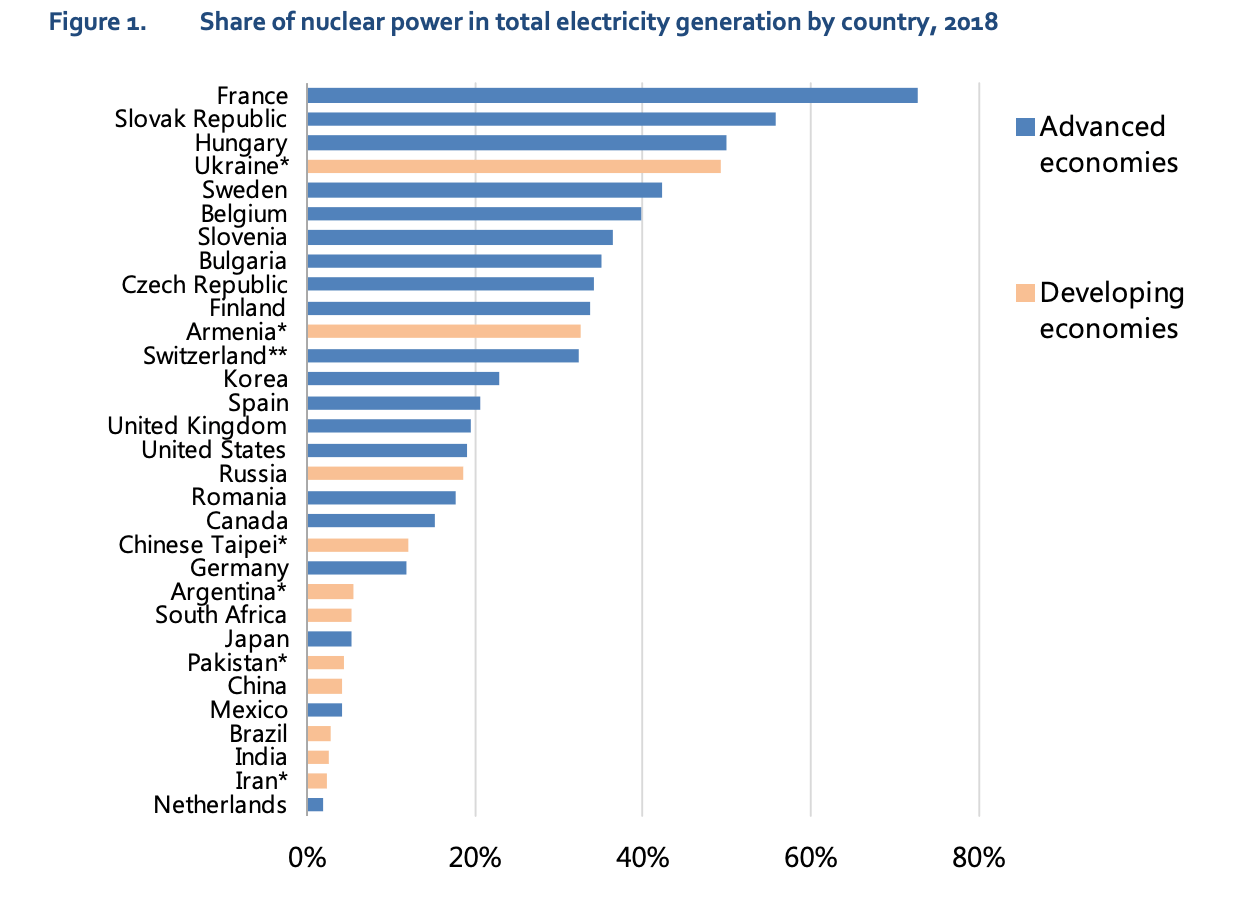
For avid crypto miners, the low cost of electricity is crucial to maintain a profitable endeavor. With nuclear energy comes the long-term feasibility coupled with the steady decrease in prices that accompany nuclear power. All this translates to crypto miners saving extra money that could have otherwise been lost if they stuck to unreliable short-term power sources.
Let’s put this into context. Consider a nuclear plant providing a crypto mining facility with a 1MW surplus power. Based on the type of hardware present at the facility, 1MW can power between 200 and 900 mining computers. With superb miners, an initial investment of a million, and power going for 6 cents per kilowatt, such a facility can generate profits of about 4 million annually with the possibility of breaking even in six months. This analysis is based on the Bitcoin price of $45,000, meaning miners can attract more enormous profits with higher prices and vice versa.
In addition to being cheap, nuclear power is also clean, making it desirable in the crypto-mining industry. According to research by the European Commission, nuclear emissions are similar to those emanating from wind, and greenhouse gas emissions are four times lesser than that of solar. What’s more? Nuclear power plants require considerably less land than other sources and produce more power.
How to Handle Accidents and Potential Threats Associated with Nuclear Power
Since the inception of nuclear energy, there have been cases of accidents. With nuclear power plants using highly radioactive compounds like uranium, mishaps in reactors are possible if not keenly monitored. Some of the notable nuclear reactor accidents in history include:
- The Chornobyl nuclear disaster of 1986
- The Fukushima nuclear disaster in 2011
- The Kyshtym nuclear disaster of 1957
- The Windscale Fire nuclear disaster of 1957
- The Three Mile Island nuclear accident of 1979
All the disasters mentioned above involved the meltdown of reactors causing irreparable damage within miles. These disasters are ranked the worst in history, ranking above four on the International Nuclear and Radiological Event Scale. If crypto mining and nuclear power had become widespread by the time of these accidents, they could have been greatly affected. Miners would have accrued sizable losses from the loss of electricity and the subsequent loss of the ability to mine more crypto. To curb meltdowns, personnel should regularly check all the functional components of reactors and make repairs when necessary.
Another potential threat to nuclear power comes from the improper storage of byproducts from nuclear energy production. The byproducts of nuclear have a longer half-life and have adverse effects if not correctly disposed of. In countries with imminent threats caused by nuclear power, crypto-mining using it may be discouraged or banned altogether. Some primary methods used to store these byproducts include ice sheets, ocean disposal, or even sending the waste to space.
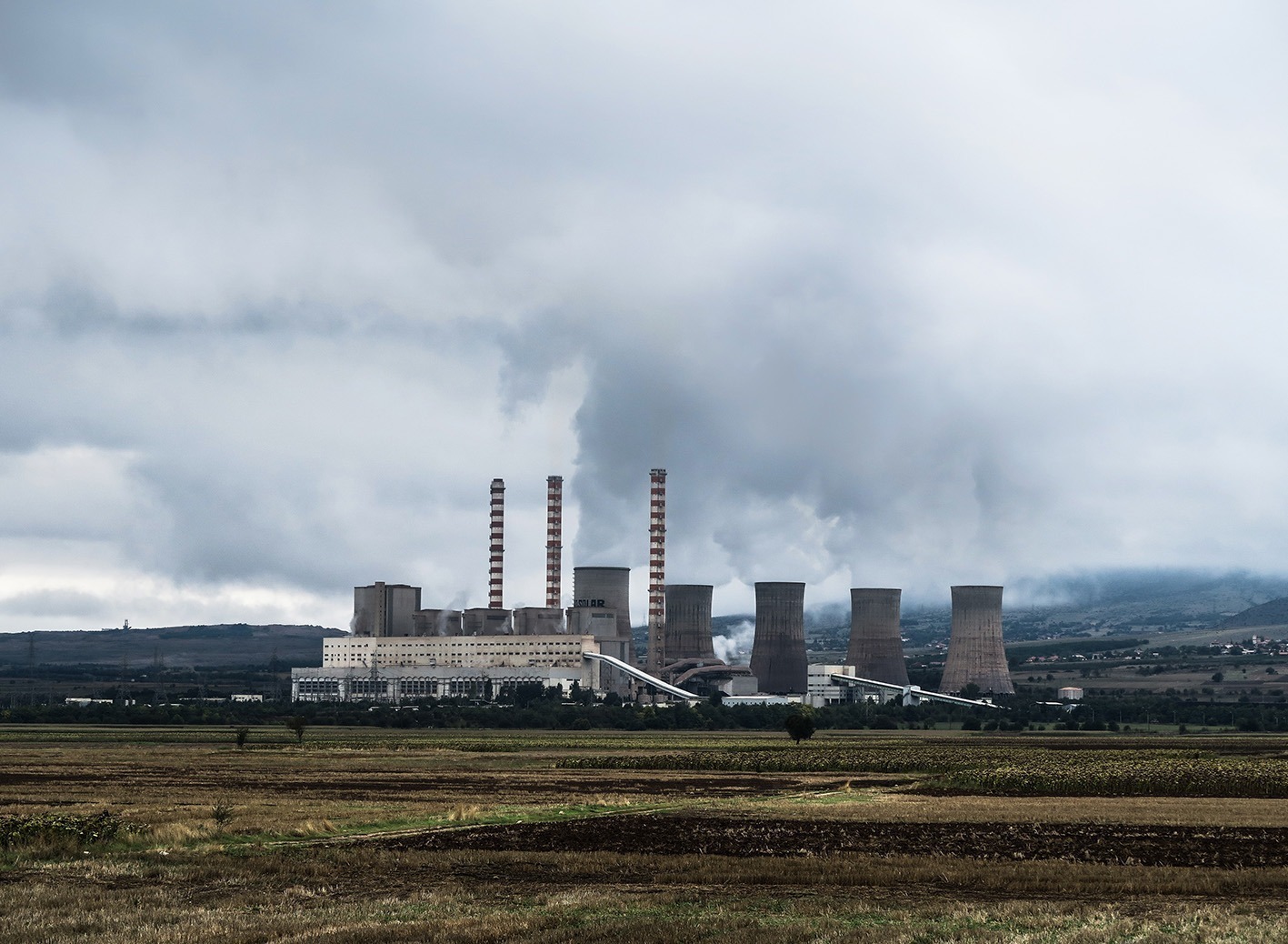
Accidents also happen when waste from nuclear plants is being transported. Using safer transportation methods is handy in ensuring the waste poses no threat, and crypto miners can use nuclear power with a clear conscience.
What Are The Negative Impacts of Radioactive Waste On The Environment?
Radioactive waste from nuclear power plants may cause undesirable environmental effects whenever there is inappropriate interaction between the two. Animal and plant life is at massive risk from radioactive waste as they increase the chances of cancerous growth, leading to substantial adverse environmental impacts. For instance, the Chornobyl disaster left that land barren and uninhabitable for the foreseeable future.
In cases where radioactive waste is stored underground and seepage occurs, it renders the soil infertile. Toxic soils set up a chain reaction whose effects are witnessed in poor crops that grow on them and sick herbivores that feed on such plants. No crypto-miner in their proper sense would use nuclear power from a plant responsible for such atrocities, meaning negative environmental impacts caused by radioactive waste will affect the cryptocurrency mining sector.
What Is the Future of Bitcoin Mining With Nuclear Energy?
Bitcoin is the most energy-intensive crypto coin consuming about 150TWh yearly, which is more than Argentina needs for its citizenry. Such an amount of electricity from conventional sources can emit over 60 megatons of carbon (IV) oxide gas, which is detrimental to the ozone layer and has adverse climatic changes. Nowadays, most players in the Bitcoin mining ecosystem are looking for greener ways of mining crypto. That’s where nuclear power comes in.
As stated earlier, nuclear power has been available continuously for ages except during the occasional maintenance routine and comes with non-existent carbon emissions. With this in mind, it is clear that nuclear power is ideal for sustainable Bitcoin mining adventures. Many players in the energy sector are embracing the use of nuclear energy to power bitcoin mining. For instance, Energy Harbor Co. announced that from December 2021, it would offer nuclear power to the bitcoin mining center in Coshocton, Ohio. Others have since followed suit.
CHECK OUT Our Nuclear Powered Bitcoin Mining Projects
Final Word
There are numerous benefits associated with nuclear power in crypto mining, especially cryptocurrencies such as Bitcoin, which require high amounts of electricity. Despite the potential risks posed by nuclear power, these shortcomings pale compared to what nuclear power is capable of. With the current trends in crypto mining and innovations like EZ Blockchain, it is safe to assume that nuclear power is the future of crypto mining. EZ Blockchain is part of the global revolution toward sustainable crypto mining with nuclear power.

At EZ Blockchain, we started as a data center hosting solution in 2017. Today, we are a vertically integrated cryptocurrency mining company with full control of our power generation cycle.
We seek to address the global waste and environmental sustainability problems using cryptocurrency mining with alternative sources of energy like nuclear power mining. We want to turn around Bitcoin and cryptocurrency’s energy-intensive nature into an opportunity and a tool to solve the environmental sustainability and energy waste problems.
Fill out a form and our bitcoin mining expert will contact you.
FREE CONSULTATIONchoose
a miner
profit and
understand data?
business remotely
with EZ Blockchain?
Fill out a form and our bitcoin mining expert will contact you.


